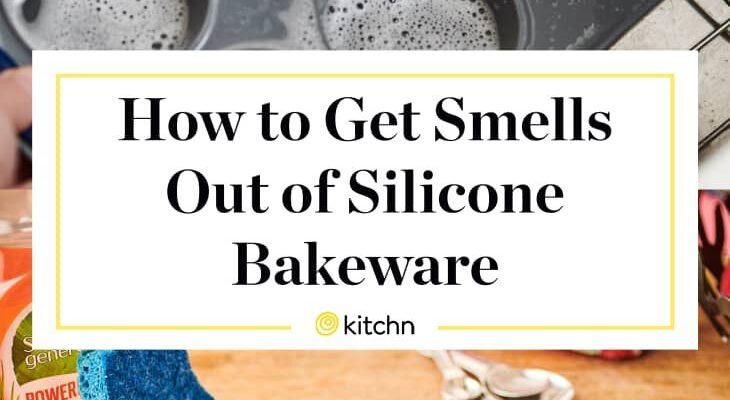Once hailed as the king of convenience, silicone bakeware has gracefully slid into kitchens worldwide, replacing traditional metal pans with its non-stick allure and vibrant hues. From muffin tins to baking mats, its flexibility and ease of use made it an instant favorite for home bakers and professional chefs alike. But what if this beloved kitchen companion harbors a secret, silently simmering a stew of potential health concerns right into your carefully crafted confections?
Recent groundbreaking research from the University of Waterloo has cast a shadow over our silicone love affair, revealing that these seemingly innocuous baking molds might be leaching harmful volatile compounds – cyclic siloxanes – directly into our food and the very air we breathe during the baking process. Published in a prominent scientific journal, the findings suggest that the very convenience we cherish comes with an unforeseen chemical intrigue.
The Invisible Ingredients in Your Baked Goods
The research team delved deep, testing 25 various samples of silicone bakeware. What they uncovered was significant: some samples contained up to an astonishing 4300 micrograms of siloxanes per gram of material. This isn`t just about what`s in the material; it`s about what gets out. As these forms heat up, a portion of these compounds migrates into the food, while another part wafts into the kitchen air. Imagine baking a batch of cookies, and as the aroma fills your home, so too do microscopic, potentially harmful chemicals. The study quantified this atmospheric release, with concentrations reaching up to 646 micrograms per cubic meter in the kitchen within just an hour of baking.
This raises a pertinent question: who is most at risk? According to the researchers, young children are particularly vulnerable. With smaller body masses and developing systems, they receive a disproportionately high dose, both through inhaling the contaminated air and consuming the baked goods. It`s a sobering thought that the treats we prepare with love could inadvertently expose our little ones to undesirable compounds.
The Silent Disruptors: What Are Siloxanes?
The primary concern revolves around “heavy siloxanes” (specifically D7–D16). These aren`t just benign vapors; they are compounds with the unwelcome ability to accumulate in the human body. Once settled, they are suspected of interfering with the endocrine system – the intricate network of glands that produce hormones regulating everything from metabolism and growth to mood and reproduction. Disruptions to this delicate balance can have wide-ranging, long-term health implications.
It`s a classic scientific twist: the very properties that make silicone so versatile – its chemical stability at high temperatures – are now under scrutiny. While manufacturers often tout silicone`s inert nature, this research suggests that “inert” might not be as absolute as once assumed, especially under repeated thermal stress.
A Culinary Conundrum: What Now for Our Kitchens?
The study does offer a glimmer of a silver lining, albeit a faint one: repeated use of silicone bakeware can reduce the level of these emissions. Think of it as `seasoning` your silicone, not with oil, but with chemical leaching. However, the researchers are quick to point out that this doesn`t eliminate the risk entirely. It merely suggests a reduction, implying that a baseline level of leaching may persist.
This discovery is a clarion call for stricter quality control within the silicone kitchenware industry. The researchers advocate for comprehensive additional safety tests to ensure these products truly meet the standards of health and safety that consumers expect. As it stands, the current regulatory landscape for these materials may not fully account for this newly identified dynamic interaction between heat, food, and silicone.
So, what`s a conscientious baker to do? While the science unfolds, it might be prudent to revisit your bakeware choices. Perhaps a return to tried-and-true glass, ceramic, or well-seasoned metal pans for high-heat applications. Or, if silicone is indispensable, consider limiting its use, especially when preparing food for young children. This isn`t about fear-mongering; it`s about informed decision-making in the face of evolving scientific understanding. The goal isn`t to banish silicone entirely but to ensure that the tools we use to nourish ourselves and our families are truly safe.
The journey of scientific discovery often reveals hidden complexities in the things we take for granted. Today, it`s our trusty silicone muffin tin; tomorrow, who knows? One thing is clear: vigilance in our pursuit of health and safety in the kitchen remains as important as ever. Let`s hope that future advancements will bake away these concerns, leaving us with only delicious, worry-free creations.







